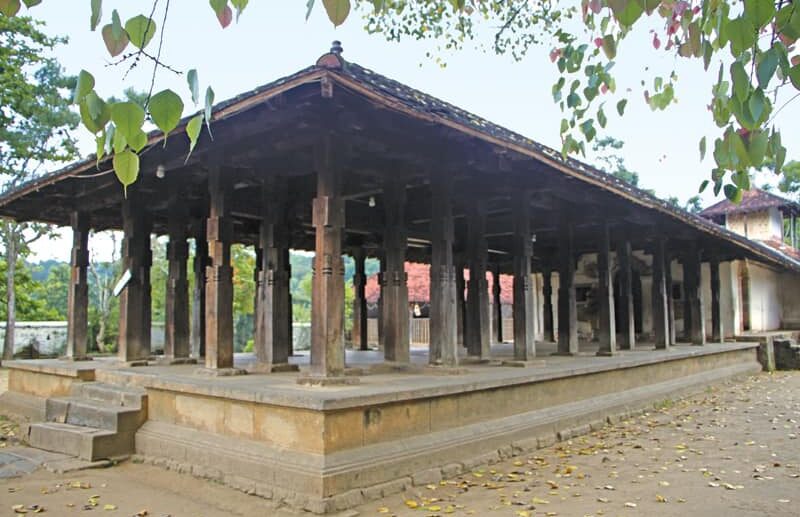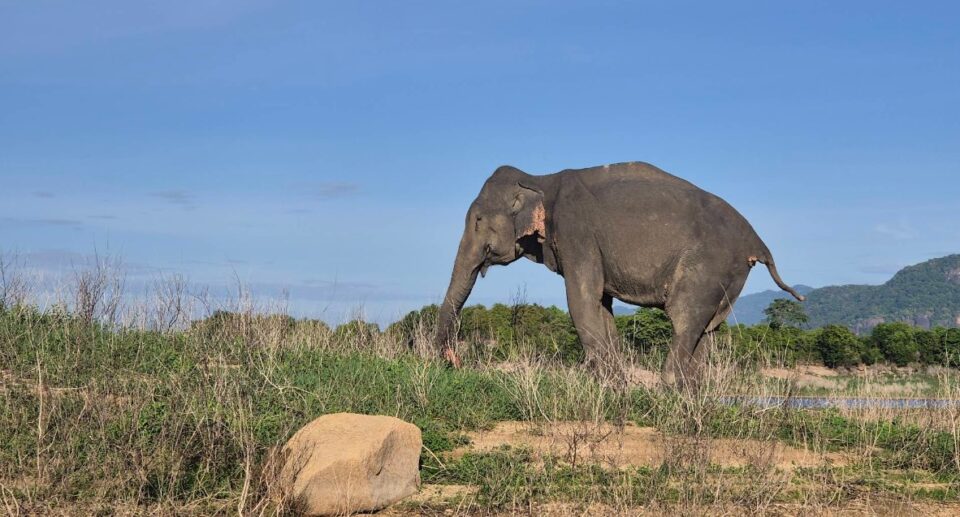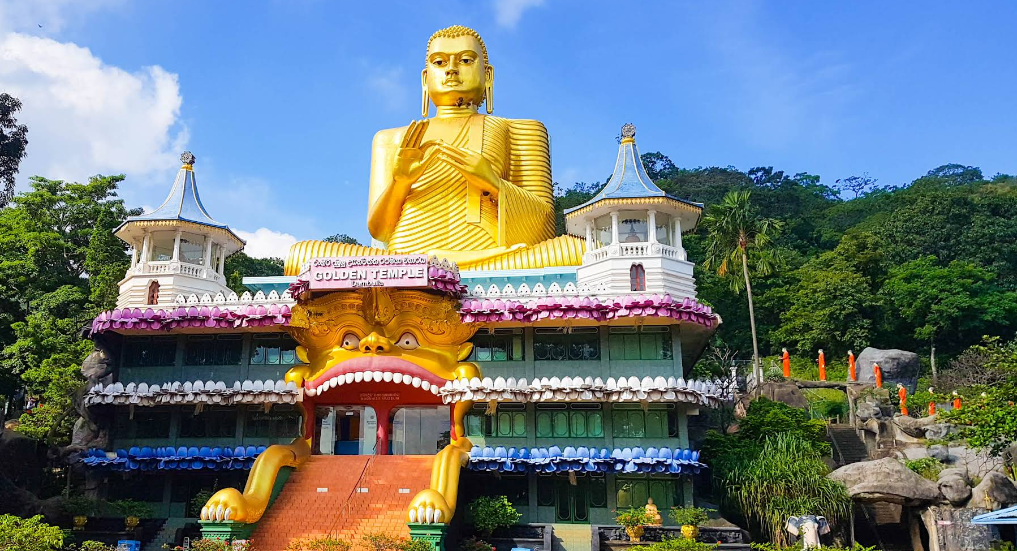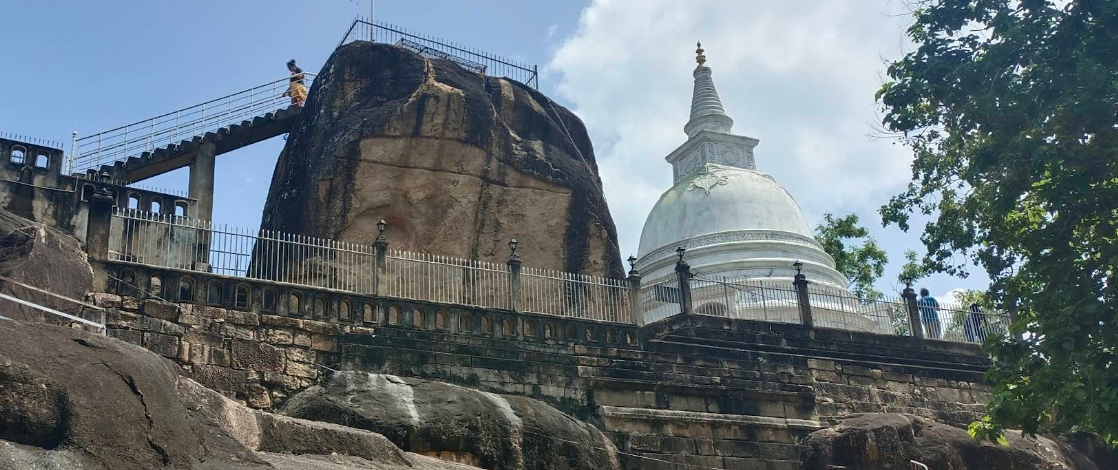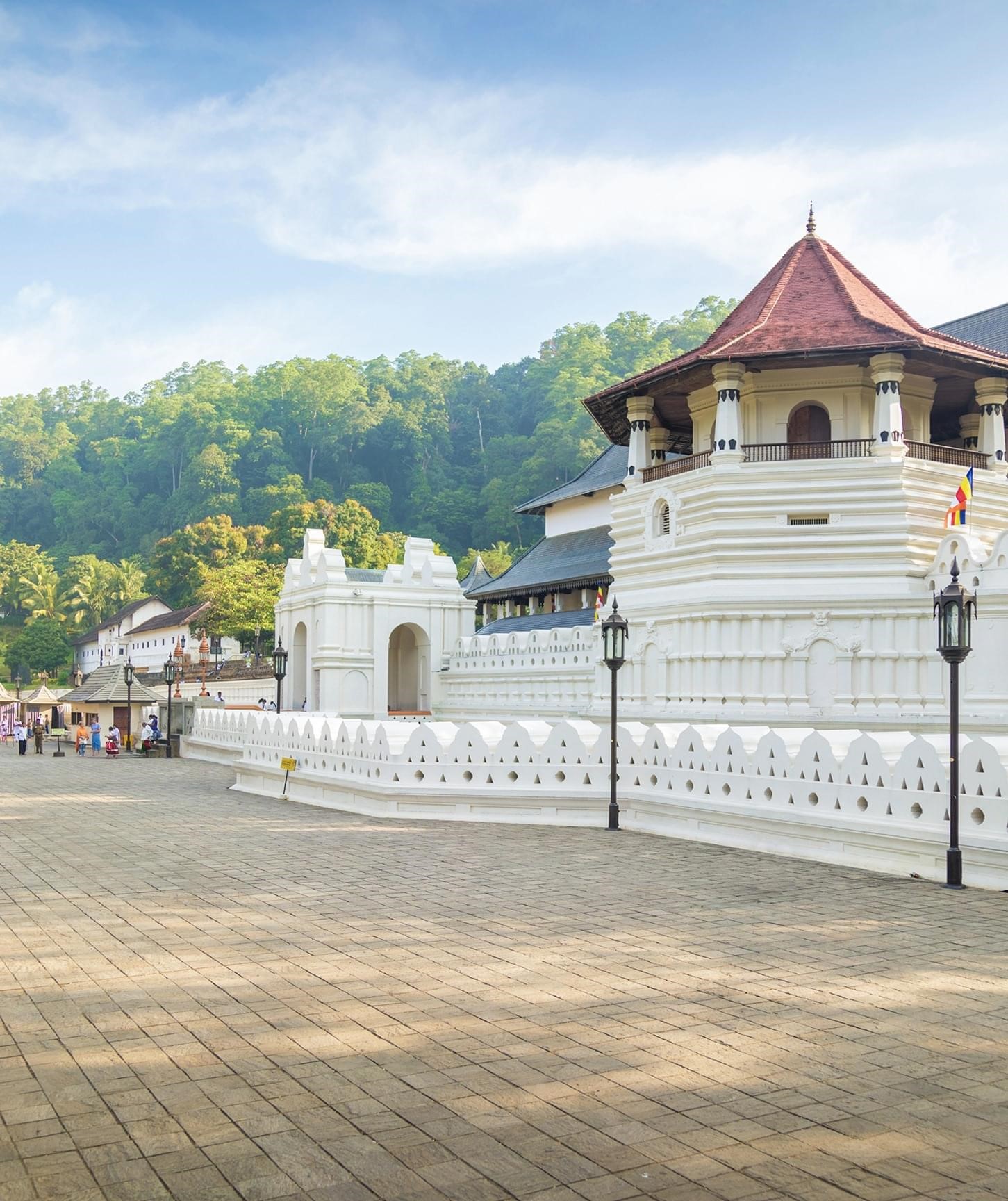Gadaladeniya Temple: A Fusion of Cultures and Timeless Craftsmanship
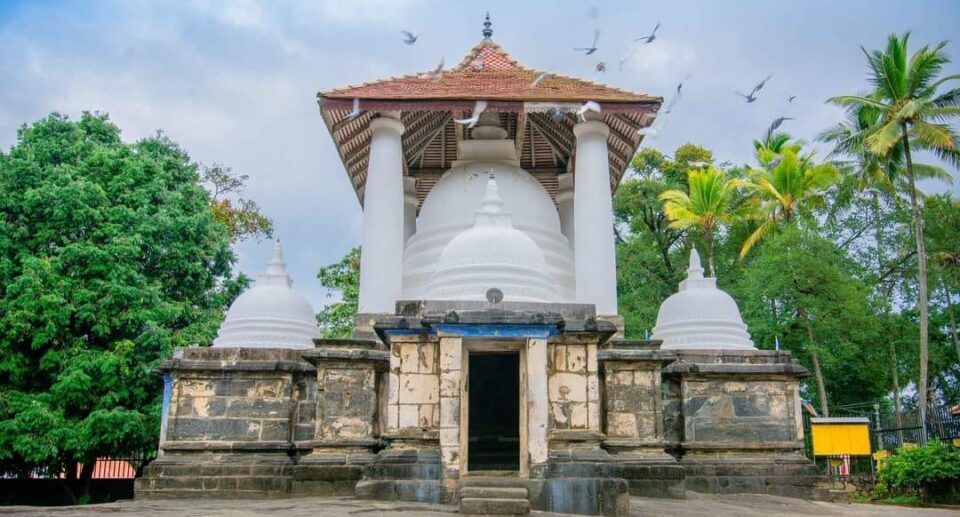
Hills of Sri Lanka’s Central Province, near the ancient city of Kandy, is Gadaladeniya Viharaya, an ancient Buddhist temple that represents a mix of Sri Lankan and South Indian architectural styles. Built in the 14th century during the Gampola Kingdom, this temple is not just a religious place but also a major cultural place that reflects the religious, artistic, and political history of the island.
Historical Background
Gadaladeniya Viharaya was constructed in 1344 A.D. by King Bhuvanekabahu IV, a king of the Gampola Kingdom, in a period of transition in Sri Lankan history after the fall of the Polonnaruwa Kingdom and before Kandy became the dominant political force. According to history and inscriptions, the architecture of the temple was entrusted to Ganesvarachari, a South Indian Vishwakarma clan architect, who incorporated the aesthetic motifs and construction techniques of the Dravidian school of architecture.
This cross-cultural work involving South Indian artisans and Sinhalese kings produced a uniquely different temple built as a deviation from most other island temples, specifically in the use of stone as the main material of construction a first for Sri Lankan temple architecture, which employed brick and wood instead.
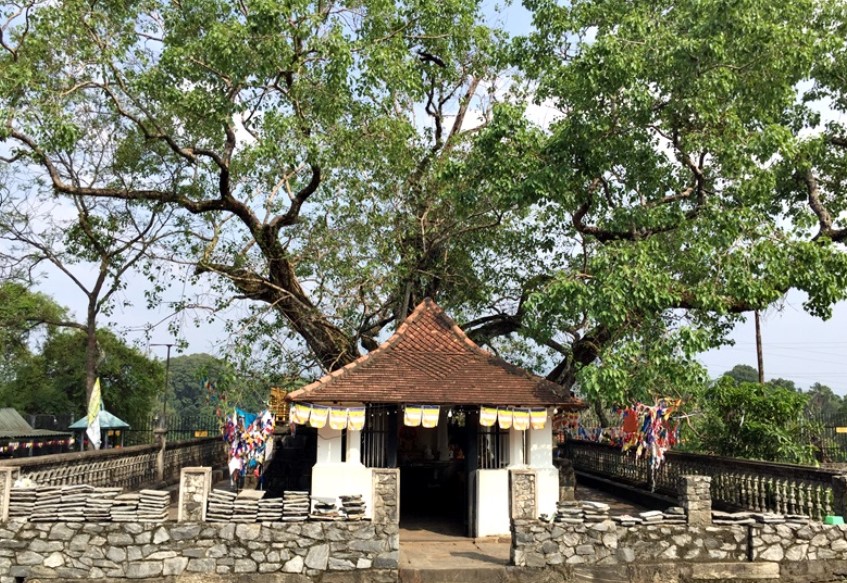
Architectural Features
One of the greatest attractions of Gadaladeniya Viharaya is its Dravidian architectural style, heavily influenced by 13th and 14th-century South Indian temple architecture. The temple itself is built mostly of stone with beautifully carved pillars, capitals, and stone planks. It consists of a variety of unique components:
- Main Shrine (Viharaya):
The central building houses a huge seated figure of the Buddha in Dhyana Mudra or meditation posture. It is an image of stucco and brick, Sri Lankan sculpture style, and it is accompanied by small figures of Bodhisattvas. The inner chamber or garbhagriha follows the pattern of the Hindu temples and is an example of South Indian influence. - Mandapaya (Image House):
Before the central shrine is a beautifully built open-pillared mandapaya, supported on stone columns with elaborately carved bases and capitals. It is a transition area between the outer world and the holiness of the inner shrine. Its carvings are floral designs, mythical beasts, and geometric designs. - Stupa (Dagoba):
Adjacent to the shrine in the center is a stupa, or a dagoba, with which it is said to hold Buddha relics. This dagoba is quite distinctive in shape and design, once again manifesting a blending of indigenous and external influence. Four images of the Buddha, one for each of the cardinal directions, are housed in a small shrine atop the stupa. - Devalaya (Shrine to Hindu Deities):
The temple complex also includes a devalaya, or a shrine to Hindu deities, namely Vishnu, who is traditionally revered in Sri Lanka as a guardian deity of Buddhism. This is indicative of syncretism that is present in Sri Lankan religious culture, with Buddhist and Hindu beliefs existing harmoniously together.
Artistic Elements and Inscriptions

Gadaladeniya is also noteworthy for its inscriptions on stone, which provide valuable historical information. One inscription, written in both Sinhala and Tamil, attributes the building to King Bhuvanekabahu IV and documents consecration of the temple and land grants for maintenance.
The temple is adorned with frescoes and murals, although most have deteriorated with time. The subjects of the paintings are scenes from the Jataka tales—the Buddha’s previous lives—and Buddhist cosmology and Sri Lankan royal beneficence. The variety of color and style indicates influence from local Kandyan and South Indian schools and makes the painting at Gadaladeniya unique in style.
Cultural and Religious Significance
Aside from its religious and architectural worth, Gadaladeniya Viharaya also holds substantial religious significance. As a functioning Buddhist monastery, it is still a center of religious activity, especially during major Buddhist celebrations like Vesak and Poson.
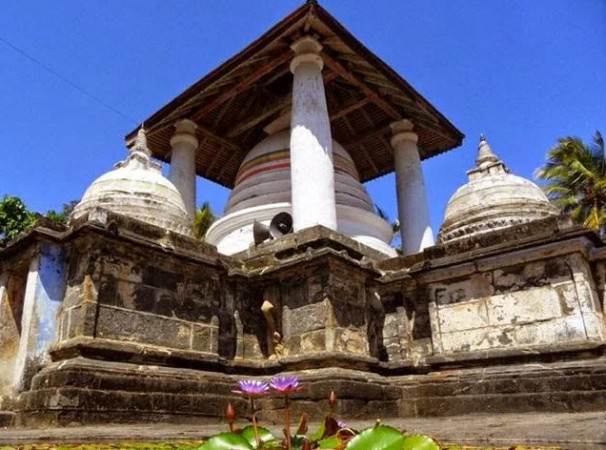
The temple is one of three important Gampola-era temples, the other two being Lankatilaka Viharaya and Embekke Devalaya, which are in a close proximity of one another. Together, they represent the high point of religious and cultural evolution during the Gampola era.
The temple is further a witness to cultural synthesis, testifying to how Sri Lanka absorbed and mixed external influences the bulk of these being from South India—within the native religious and artistic arena. This accommodativeness and flexibility allowed Buddhism in Sri Lanka to survive and evolve through the centuries of changing and trying conditions.
Status and Preservation Today
Currently, Gadaladeniya Viharaya is under the care of the Sri Lanka Department of Archaeology and is recognized as an archaeological protected monument. Its stone buildings and artwork have been preserved to keep it intact, though the temple has been damaged somewhat due to time and weather.
It remains a somewhat underappreciated tourist attraction, routinely eclipsed by more prominent attractions like the Temple of the Tooth Relic in Kandy. Still, for those interested in the historical confluence of architecture, religion, and culture in South Asia, Gadaladeniya has a lot to contribute.
Gadaladeniya Viharaya
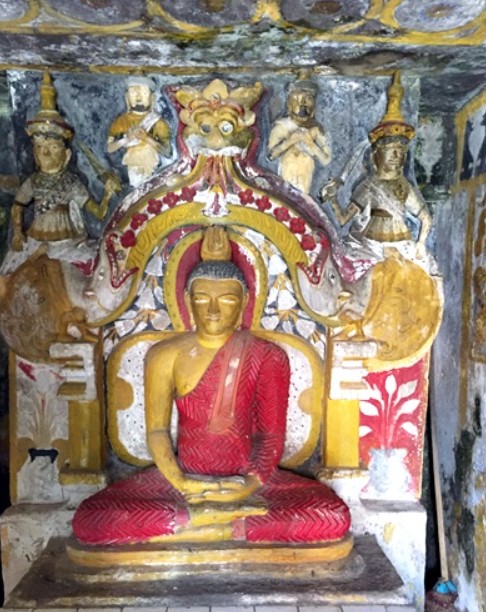
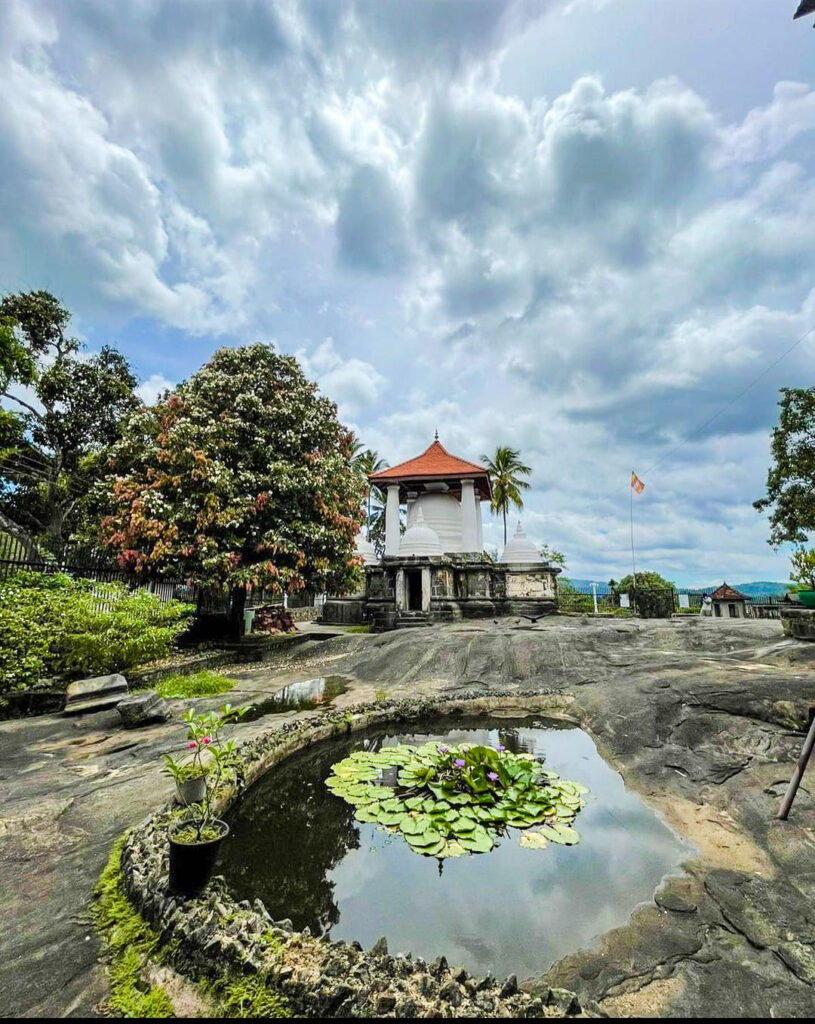
Situated just 16 kilometers from Kandy, the temple is easily reached by road. It lies atop a hill, with beautiful views of rolling countryside. The peaceful atmosphere and comparatively lesser numbers of visitors make it the ideal destination to visit for contemplation and spiritual self-reflection.
All the visitors are invited to roam around the entire complex, which consists of stone carvings, murals, and inscriptions. They are requested to dress modestly and conduct themselves in accordance with Buddhist temple rules.
Gadaladeniya Viharaya is a temple from ancient times, but it is also a living record of the island’s rich history in all its complexities. In its intermingling of Sri Lankan Buddhist tradition and South Indian Dravidian architecture, the temple is a classic representation of the island’s unique place at the intersection of South Asian culture.
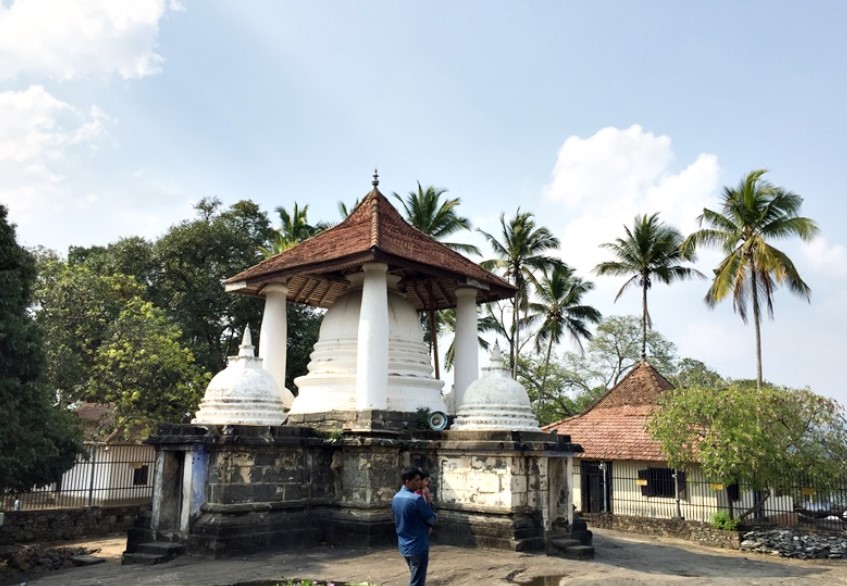
Though well over six centuries old, Gadaladeniya continues to be an inspiration to historians, pilgrims, artists, and tourists. As there is increased interest in cultural tourism and the conservation of heritage sites, temples like Gadaladeniya will be increasingly regarded not only as relics of the past but as a symbol of enduring human creativity and spirituality.
Route Information
It is located on Gadaladenyia Road (B116), just up from the Gadaladeniya junction of the Colombo – Kandy Road (A1), approximately 12.5 km (7.8 mi) to the west of Kandy and 3 km (1.9 miles)
Map of Gadaladeniya Temple Sri Lanka






